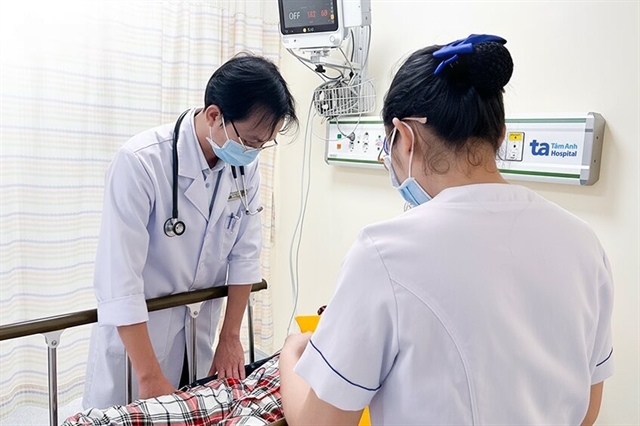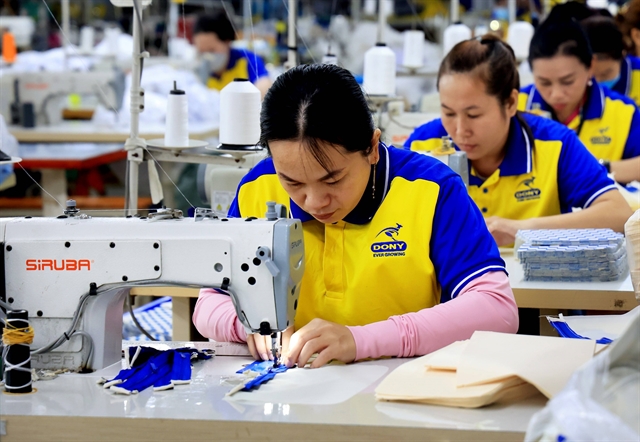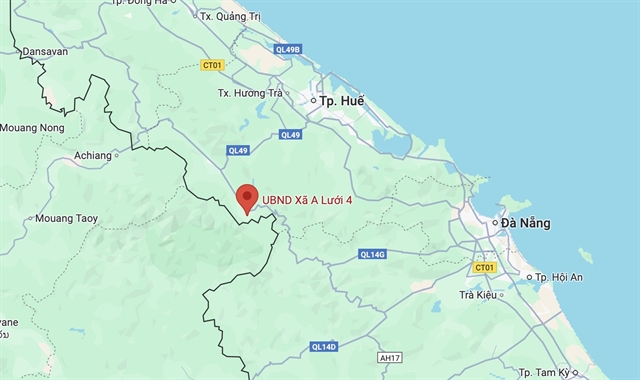 Society
Society

 |
| Children from the Chăm Village join the class of the youth union members. — Photo tienphong.vn |
BÌNH DƯƠNG — This summer, many youth union members from Bình Dương volunteered to teach children in Chăm Village, Minh Hòa Commune in Dầu Tiếng District.
“The teachers in blue shirts” is what local people call the young volunteers - a reference to the blue uniform of the youth union.
Every day, Chăm Village, also known as the migrant village, becomes bustling with children learning to spell the Vietnamese language. The teachers are young people working in different units under the Bình Dương Province Youth Union.
People in the village earn their living mainly by fishing in Dầu Tiếng Lake, most of the children have to help their parents. As a result, their learning meets a lot of difficulties.
Nguyễn Minh Tâm, secretary of Thủ Dầu Một City Youth Union told the Tiền Phong (Vanguard) newspaper that due to cultural characteristics, local primary students are being taught two languages, Chăm and Vietnamese.
For Vietnamese, children are taught based on the general programme of the Ministry of Education and Training.
“During the summer, the Chăm language is taught by Chăm union members, while in Vietnamese, other volunteers take turns to teach. In addition, we call for sponsors to repair schools in the village before the children enter the new school year," said Tâm.
Nguyễn Đình Huấn, secretary of the Dầu Tiếng District Youth Union, said that volunteers stayed together with local people for a certain period of time to gain their trust.
"We explain to them that learning is the way to help their children have a brighter future," said Huấn.
Changes
Kho Sanh, deputy head of the Minh Hòa Mosque Management Board, said that the Chăm people lived mainly in Hòa Lộc Village since 1984.
Initially, the village had only 12 households.
In 1992, some other Chăm families from Châu Đốc District, An Giang Province came here. They used boats as their houses and lived on the Dầu Tiếng Lake.
During the past six years, the Dầu Tiếng District authorities suggested they come ashore.
They agreed and built houses on land arranged by the authorities.
Currently, the Chăm Village has about 120 households with more than 600 people.
“The life of the Chăm people has gradually stabilised. All the households have access to electricity and clean water. The road to the village centre was upgraded and expanded. Children of school age can go to school. About 50 per cent of the households have a good standard of living while the rest are average, there are no impoverished households," said Sanh.
The Chăm Village now has spacious infrastructure, green rubber gardens, and bright street lights throughout the village at night.
The village becomes more and more beautiful when the “flower roads” are made by volunteers.
Sa Liêm, a volunteer participating in the village’s crime prevention team, said that people in difficult circumstances and children in the village always received attention and support from local authorities and the youth union.
"The youth union members who come here always leave a beautiful image in the hearts of Chăm villagers," said Liêm.
Secretary of Bình Dương Province Youth Union Trần Thị Diễm Trinh, told the Tiền Phong (Vanguard) newspaper that during the summer this year, the provincial youth union established many teams to support the people.
Typically many youth union members were assigned to teach children with difficult circumstances, especially in remote and border areas, she said. — VNS




